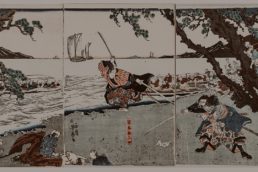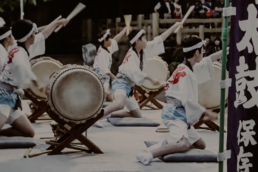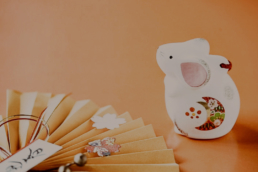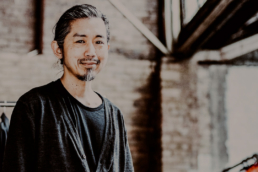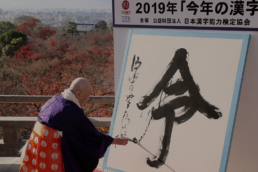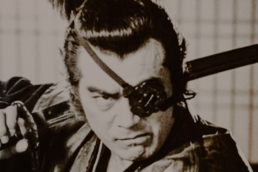Japan History: Sasaki Kojirō
Sasaki Kojirō (1583 circa – 13 aprile 1612) nacque in un villaggio della provincia di Echizen. Noto come Sasaki Ganryū, è stato un importante spadaccino giapponese, principalmente ricordato per essere stato ucciso nel corso di un duello con Miyamoto Musashi. Sasaki Kojirō viene ricordato anche per indossare un haori di colore rosso e visse fra l’era Sengoku e l’inizio del periodo Edo.
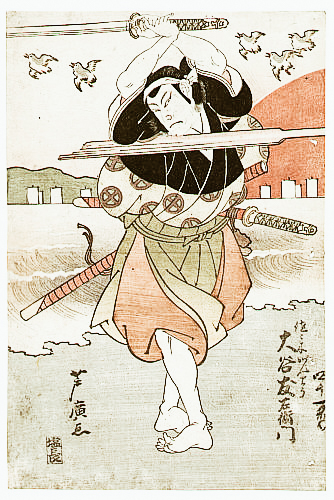
photo credits: wikipedia.org
La sua vita
Vissuto a cavallo dell'epoca Sengoku e l'inizio del periodo Edo, da ragazzo incontra Toda Seigen, istruttore di arti marziali del clan Asakura, divenendo suo allievo. Questo tipo di addestramento lo porta lontano dallo stile di Seigen, avvicinandosi al il kodachi, e sviluppando una tecnica che fa uso di ōdachi denominata Ganryū ("Stile della Roccia"). Grazie alla sua katana chiamata Monohoshi Zao, sviluppa la tecnica Tsubame-Gaeshi ( "Contrattacco della Rondine"), ispirata al volo dell'uccello.
Nel 1610 apre un dojo a Kokura e la sua fama inizia ad attrarre numerosi studenti di arti marziali, tra i quali troviamo Miyamoto Musashi, uno spadaccino ventinovenne che nell'aprile del 1612 lo sfida ad un duello che diventa protagonista di molte leggende. Le versioni descrittive delle leggende riguardanti il duello tra Sasaki Kojirō e Miyamoto Musashi sono varie e differiscono molto per quanto riguarda i dettagli. Su una cosa le leggende sono tutte d’accordo ed è la fine del duello che vede Musashi come vincitore.
Il duello finale
Il duello avvenne il il 13 aprile 1612 su un’isola a pochi chilometri da Kokura. Prima di giungere nel luogo, Musashi costruì un bokken con un remo e si presentò con ben tre ore di ritardo, ovvero tra le 9 e le 11. Kojirō estrasse la sua spada arrabbiandosi molto con Musashi a causa del suo ritardo e lanciò il fodero nell’ acqua. Musashi uccise Kojirō con un colpo alla testa assestato dalla sua spada di legno. Avvenne tutto così’ velocemente senza lasciare il tempo a Kojirō di usare la sua tecnica.
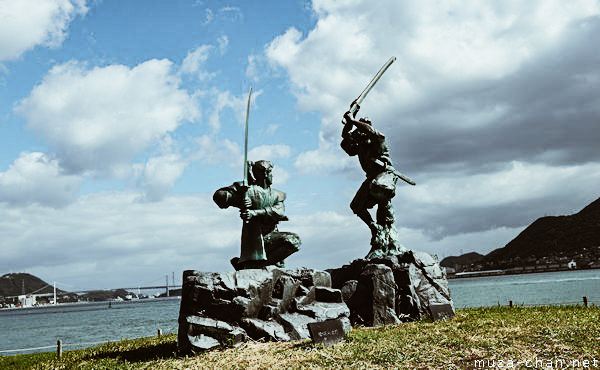
photo credits: muza-chan.net
Le ipotesi della morte di Sasaki Kojirō
Le ipotesi riguardanti la vittoria di Miyamoto Musashi sono tante, tra cui si pensa anche che il ritardo fosse premeditato proprio per innervosire l’avversario. Durante le tre ore di ritardo infatti, Musashi si riposò mentre Kojirō perdeva completamente la concentrazione. In aggiunta, il suo abbigliamento non curato e la spada di legno contribuirono a fare arrabbiare Kojirō ancora di più. Si può dire che Musashi abbia vinto giocando sulla psicologia dell’avversario.
Un’altra ipotesi vede Musashi protrarre il ritardo appositamente per sfruttare l’effetto della luce solare tanto che potesse accecare l'avversario, un’altra ancora lo vede approfittare della bassa marea che gli avrebbe permesso di scappare più facilmente.
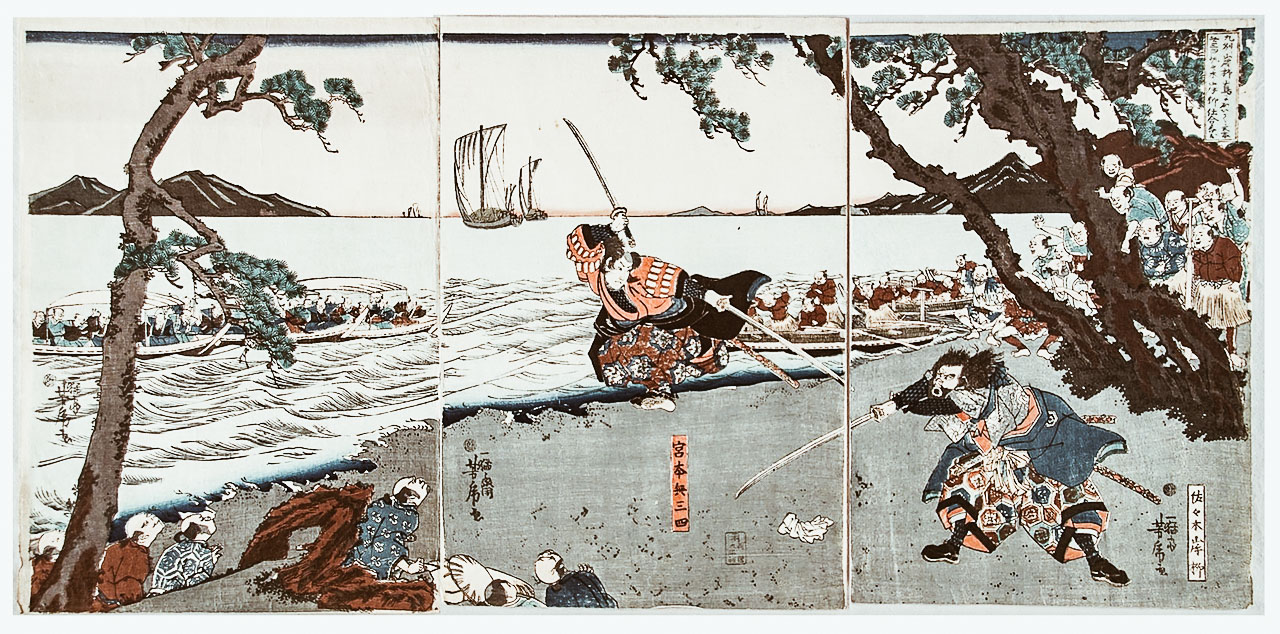
photo credits: wikipedia.org
Kojirō era (probabilmente) sordo da un orecchio, ma questo non ha mai contribuito alla sua perdita, nonostante tutto sembra che questo sia accaduto perchè Musashi sfruttò la maggior lunghezza del suo bokken rispetto alla spada del suo avversario.
L’isola che fu luogo del duello venne ribattezzata Ganryū-jima in onore di Sasaki Kojirō.
Atsuta Matsuri, lanterne e fuochi artificiali
Tanti sono i matsuri giapponesi ma oggi decidiamo di concentrarci sull'Atsuta Matsuri, nella prefettura di Aichi.
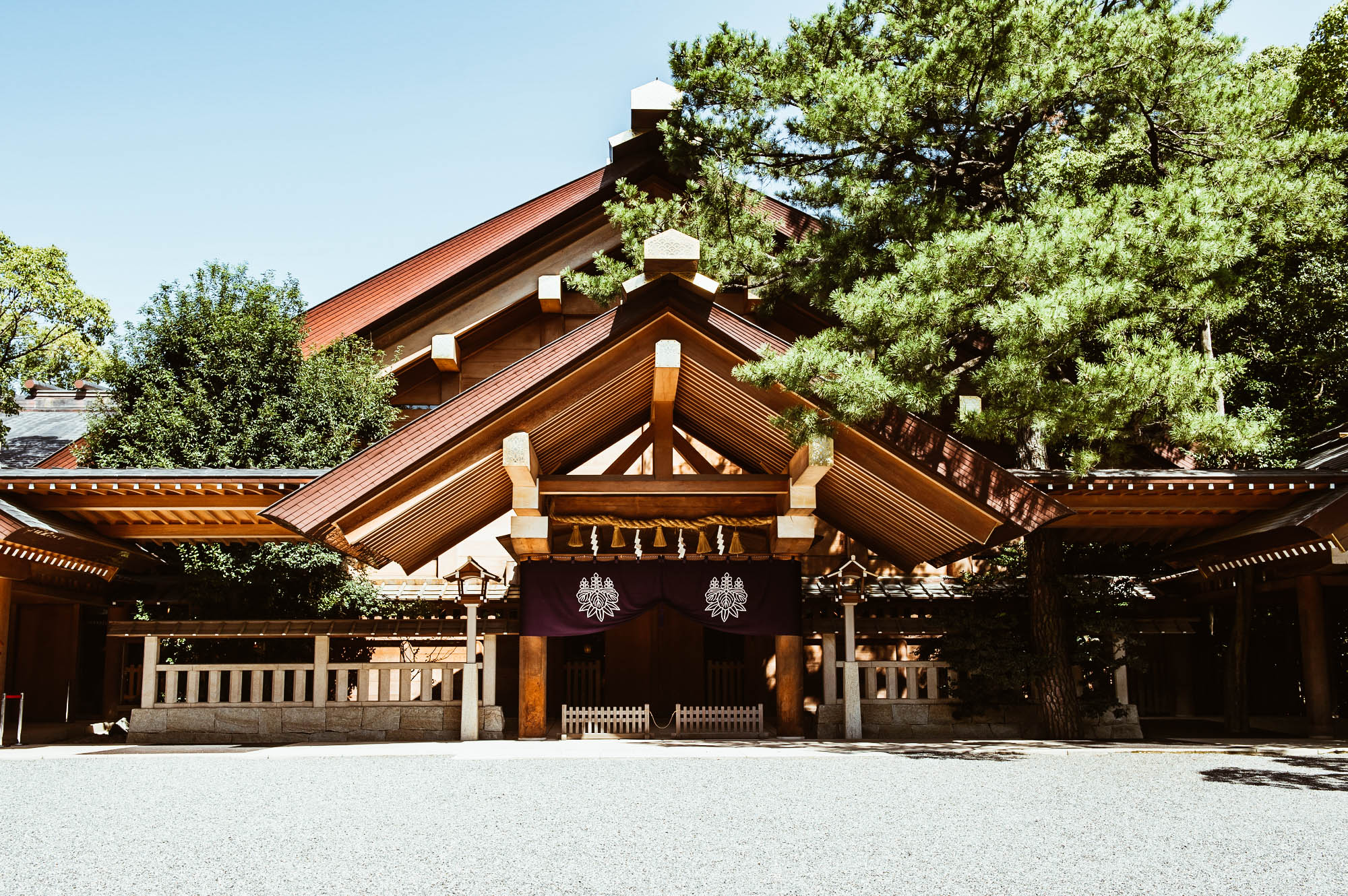
photo credits: thegate12.com
Nella regione di Chubu, più precisamente a Nagoya nella prefettura di Aichi, se ci addentriamo nella città, nascosto tra secolari cipressi, scopriremo uno dei santuari più sacri del Giappone: l’Atsuta Jingu. Venerato sin dall’antichità con i suoi 1900 anni, si ritiene sia la casa della Sacra Spada Kusanagi dell'Imperatore, una delle tre insegne imperiali.
In questo luogo magico, ogni anno, il 5 giugno si tiene l’Atsuta Matsuri (諸ブー祭), meglio conosciuto come Shobu-sai.
La giornata dell'Atsuta Matsuri
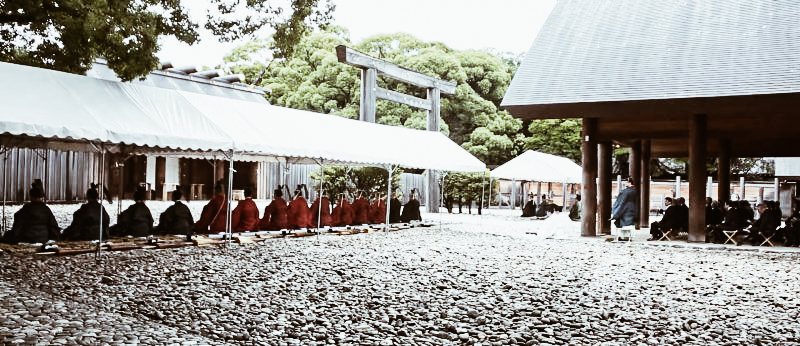
photo credits: kawaii-aichi.jp
Attorno alle 10:00 del mattino i festeggiamenti iniziano con una cerimonia speciale in cui un messaggero imperiale viene inviato al santuario per offrire le goheimotsu. Queste infatti sono strisce di carta bianca per i rituali shintoisti e che servono a celebrare una cerimonia speciale dedicata agli dei e alle dee dell’Atsuta Jingu. Dopodichè questo splendido e caratteristico Matsuri ospita vari spettacoli tra i recinti del Santuario.
Gli spettacoli
Gli spettacoli durante questo festival sono molti e di vario tipo, fra cui Il kyudo, tiro con l'arco in stile giapponese e il kendo, scherma giapponese. Ma il vero protagonista è l’Atsuta-kagura, un tipo di danza shintoista tradizionale locale accompagnata da flauti e dai taiko, i tipici tamburi giapponesi. Oltre a questo, troviamo varie esibizioni fra cui il Sumo e competizioni di intrattenimento come il Kodomo Mikoshi, i santuari portatili per bambini!


photo credits: kawaii-aichi.jp, goinjapanesque.com
Il Festival raggiunge il culmine del fascino quando, alle 18:00, i cinque makiwara kento, enormi altari allegorici decorati da 365 lanterne ciascuno, sono sistemati accanto agli ingressi delle tre porte torii del santuario e vengono illuminati. Naturalmente non mancano le bancarelle che offrono tipicità e souvenirs di ogni genere.
Il chiacchiericcio delle persone si arresta alle 21:00 al parco Jingu Koen quando uno stupendo spettacolo pirotecnico fa alzare le teste al cielo e riempie gli occhi di luci e colori.


photo credits: goinjapanesque.com
Il festival di Atsuta è il più grande festival tra i circa 70 eventi che si tengono al Santuario di Atsuta ogni anno.
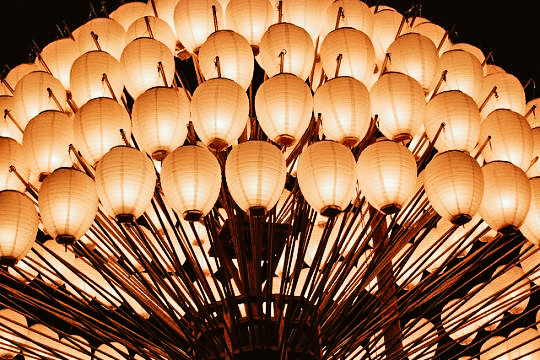

photo credits: nagmag.jp, kichijapan.com
Se vi trovate nei dintorni, non perdete questi magici spettacoli di lanterne e fuochi d'artificio per trascorrere una giornata divertente all’insegna della tradizione! Come ogni festival la partecipazione è gratuita. Per ogni informazione su come raggiungere la location, visitate il sito ufficiale del Santuario in inglese.
Tokyo 2020, tutto quello che c'è da sapere sulle Olimpiadi
Il nuovo anno è finalmente arrivato e mancano solo pochi mesi all’inizio delle Olimpiadi di Tokyo 2020.


Le Olimpiadi sono sempre un momento in cui tutto il mondo si riunisce. E’ il momento in cui diventiamo tutti esperti di scherma, lancio del disco e getto del peso. Alla fine tutto il mondo è paese, ma quelle di Tokyo 2020 si preannunciano essere uno spettacolo da togliere il fiato.
Tutti i dettagli su Tokyo 2020
A meno di un anno dall’apertura, cominciano ad uscire le prime news e i primi programmi ufficiali. La cerimonia di apertura si terrà il 24 luglio 2020 e quella di chiusura il 9 agosto, mentre le Paralimpici avranno luogo dal 25 agosto al 6 settembre dello stesso anno. Potete trovare un programma completo di tutte le competizioni sul sito ufficiale.
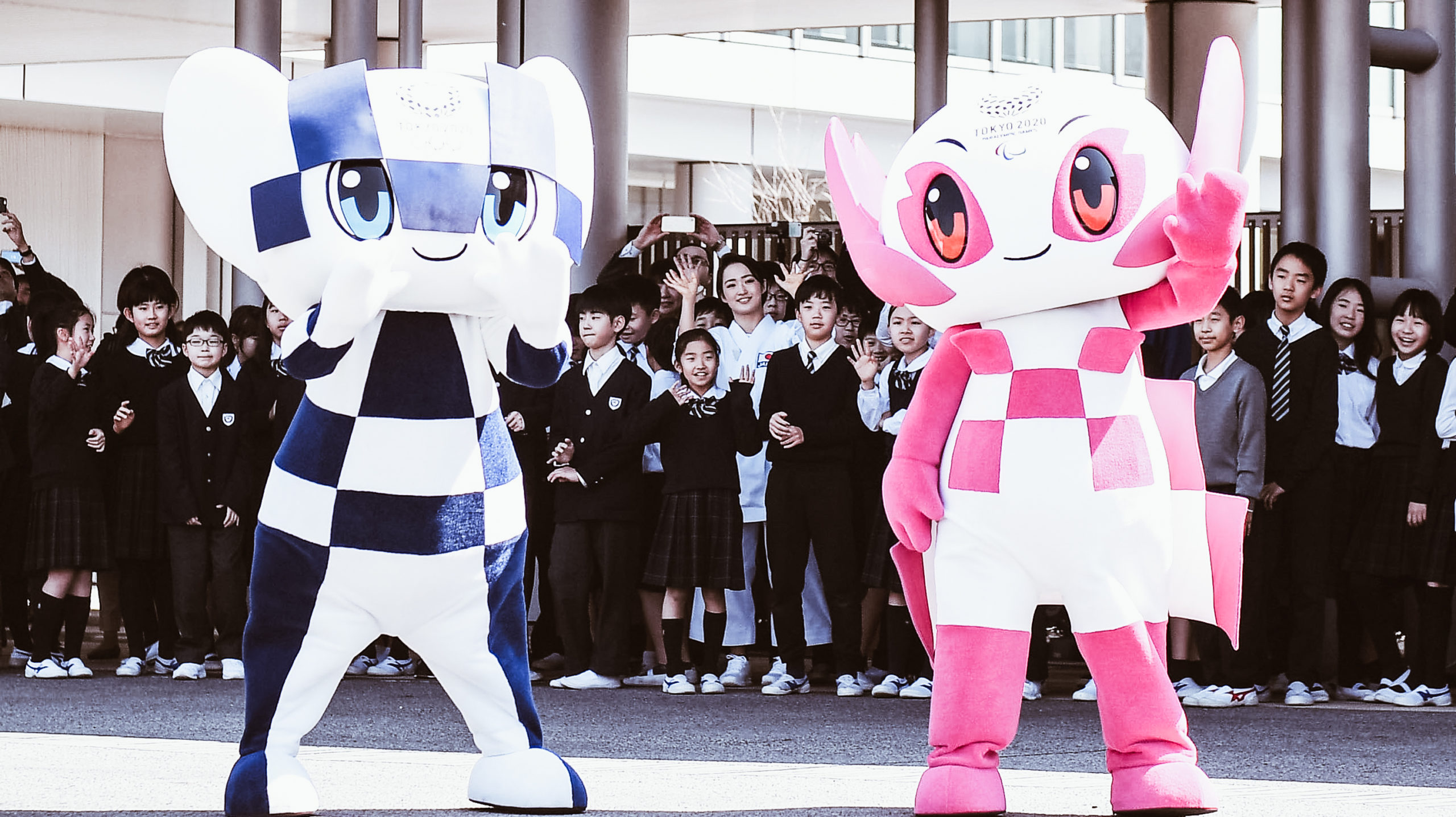

Dove si svolgeranno le Olimpiadi di Tokyo 2020
Per questa occasione, Tokyo ha preparato più di 40 luoghi e palazzetti in giro per la città. Gli ultimi giochi estivi ospitati in questa città, risalgono al 1964, le prime Olimpiadi in Asia. Tuttavia, la capitale del Sol Levante, ha ospitato per ben due volte le olimpiadi invernali, nel 1972 e 1998.


Il Logo
Nel corso della storia, il motivo a scacchi è diventato molto popolare in diversi paesi e per svariate ragioni. In Giappone, questo divenne formalmente noto come "ichimatsu moyo" nel periodo Edo (1603-1867). Questo disegno a scacchi nel tradizionale colore giapponese del blu indaco esprime una raffinata eleganza e raffinatezza che esemplifica il Giappone.
Composto da tre varietà di forme rettangolari, il design rappresenta diversi paesi, culture e modi di pensare. Incorpora il messaggio di "unità nella diversità". Esprime inoltre che i Giochi Olimpici e Paralimpici cercano di promuovere la diversità come piattaforma per connettere il mondo.

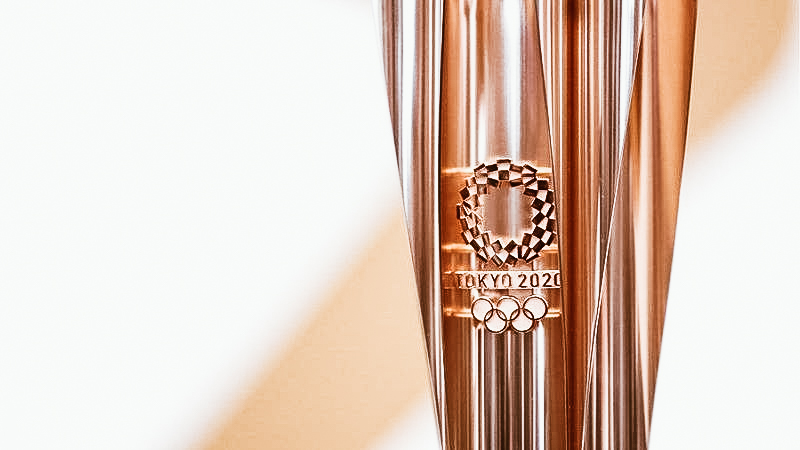
Dove trovare i biglietti per Tokyo 2020
Al momento purtroppo, e come previsto, i biglietti sono tutti sold out. Tuttavia, una nuova ondata di biglietti sarà disponibile in primavera.
Quali sono i nuovi sport
Come spesso accade ad ogni olmpiade, anche per le Olimpiadi di Tokyo 2020 ci sono nuove specialità in competizione. Nonostante mancassero all’edizione di Londra e Rio, il Baseball and Softball entrano ufficialmente in gara grazie alla forte popolarità in Giappone. Cinque nazioni gareggeranno assieme agli ospitanti per la medaglia d’oro sul diamante.


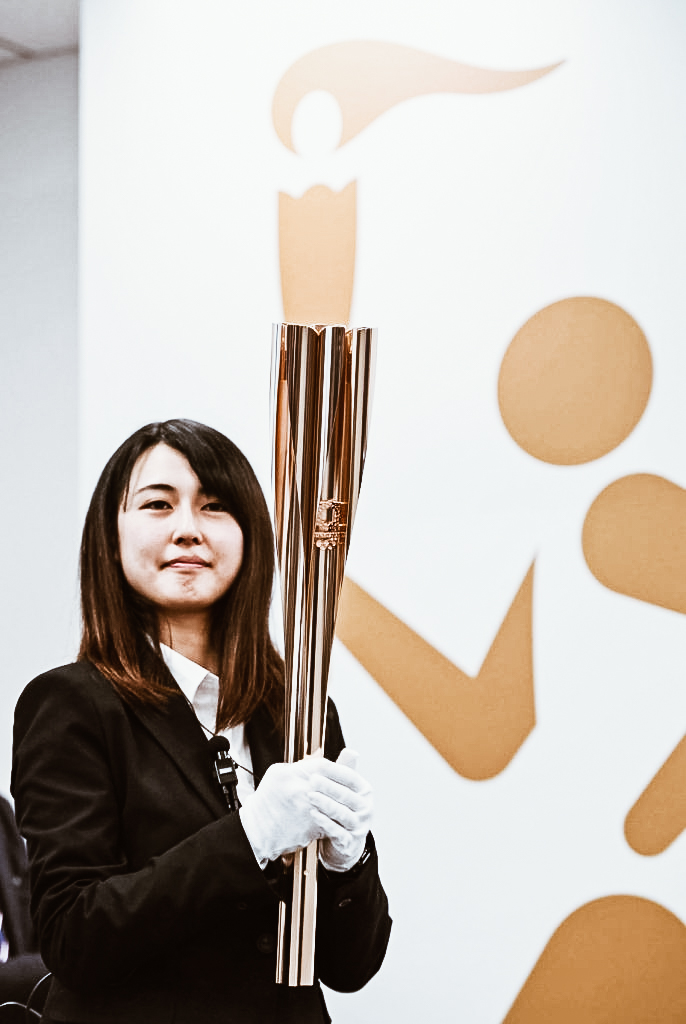
Assieme a queste arrivano anche il Karate, la scalata, surf e skateboard. Sulla stessa ondata, il basket aggiunge i tornei a tre per otto nazioni. Non mancheranno poi il Rugy a sette, una variante che coinvolge solo 7 giocatori per parte. Inoltre, ritorna il golf dopo il suo debutto a Rio.
Le medaglie
Non da trascurare sono le medaglie che gli atleti vinceranno durante questi giochi olimpici 2020 a Tokyo. Infatti, per questa occasione Tokyo ha creato un progetto speciale per rendere queste olimpiadi un po’ più “verdi”. Questo progetto speciale, il Tokyo 2020 Medal Project , avrà il compito di raccogliere più di 80,000 tonnellate di telefoni cellulari e piccoli apparecchi ellettronici da riciclare in tutto il Giappone. Questi serviranno poi a creare le meravigliose medaglie delle Olimpiadi e Paraolimpiadi 2020.
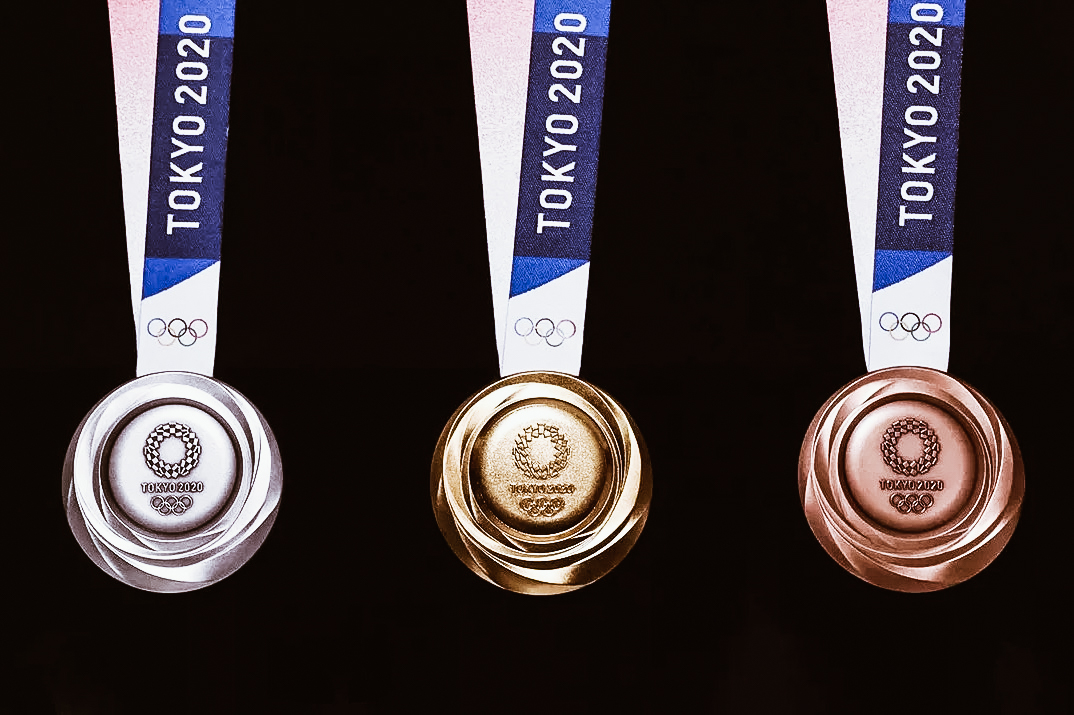

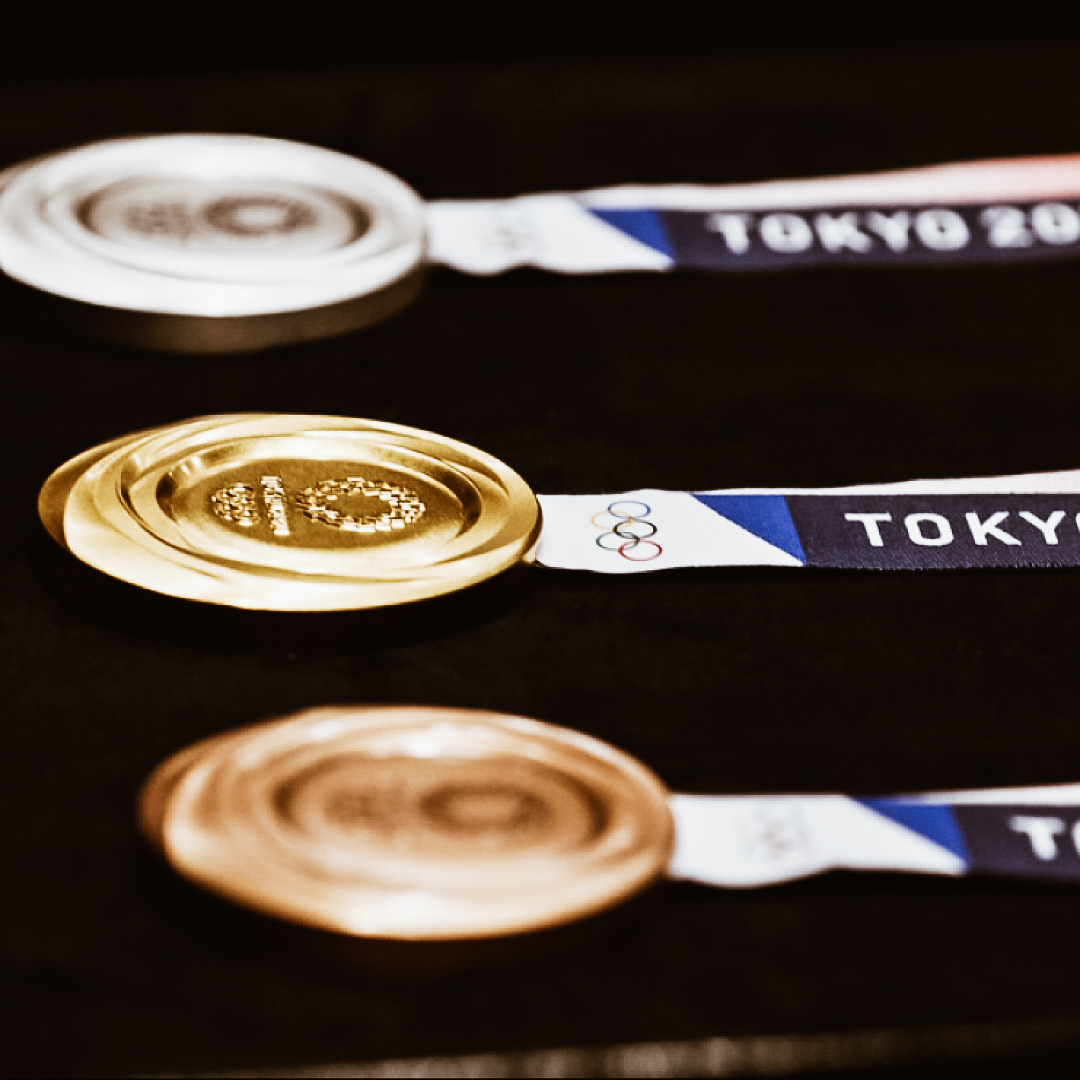

Il sito del progetto, ha affermato che sono stati usati oltre 6 millioni di telefoni cellulari derivati da una donazione nazionale durata due anni.
Sport e tecnologia insieme per le Olimpiadi Tokyo 2020
Le Olimpiadi estive del 2020 si preannunciano già spettacolari, ma le sorprese non finiscono qui. Il Giappone è famoso per essere all’avanguardia su ricerca e sviluppo in diversi campi tecnologici. Infatti, durante la cerimonia di apertura, Sky Canvas, con l’aiuto della compagnia di ricerca ALE, illuminerà il cielo notturno. Le due società lanceranno nell’atmosfera “gli ingredienti per una stella cadente” utilizzando un piccolo dispositivo satellitare.
Inoltre, sappiamo che in Giappone i fuochi d’artificio sono molto importanti e per questa occasione, la città pensa di creare una propria pioggia di meteoriti controllata.
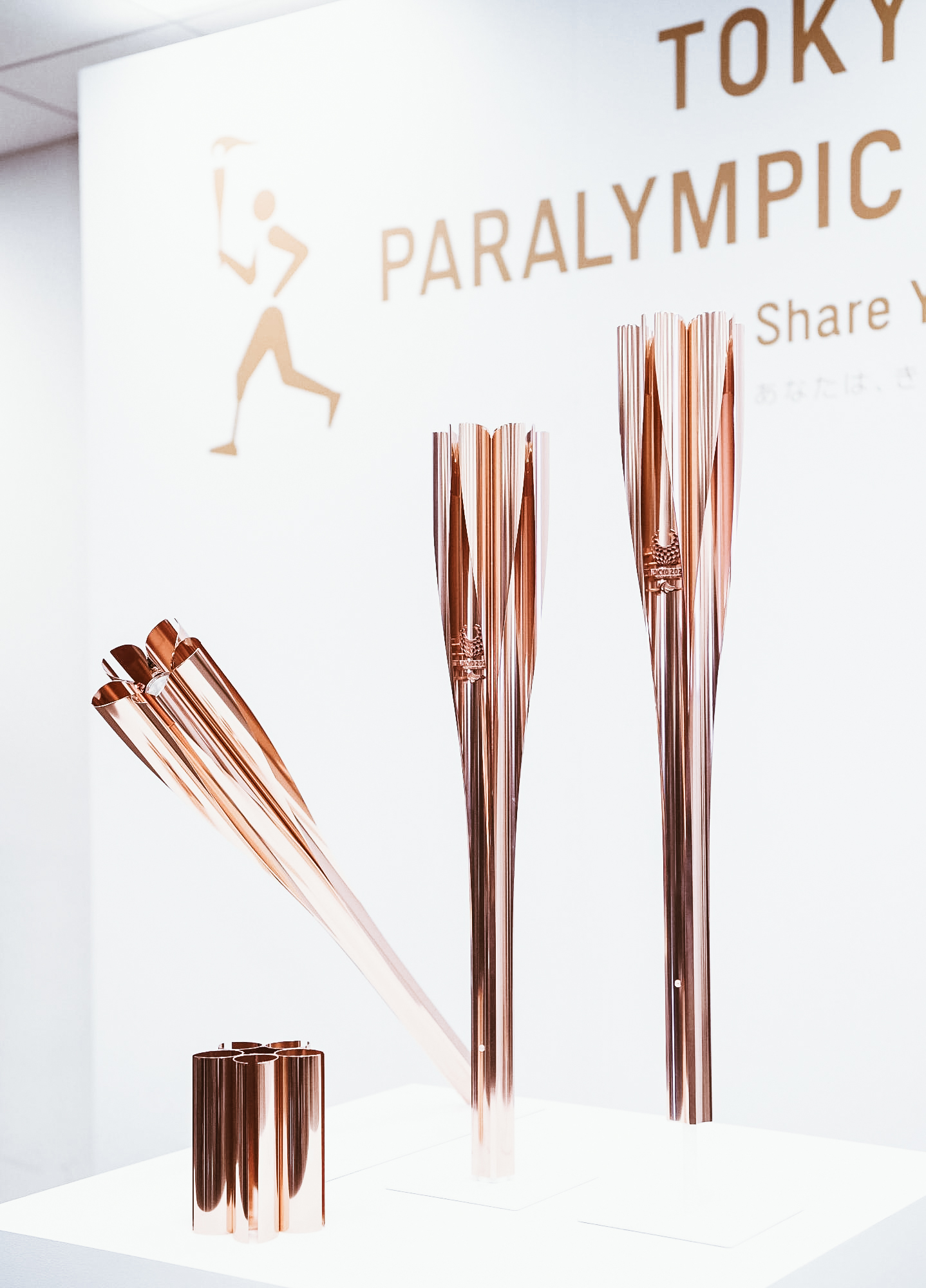
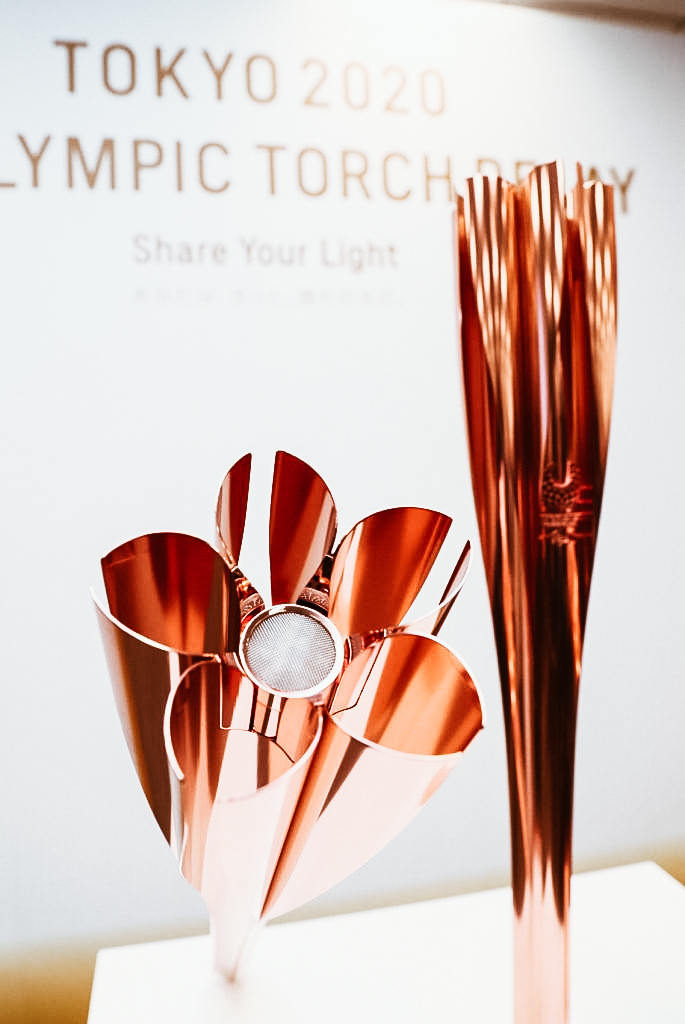
Ma le curiosità continuano. All’interno del villaggio Olimpico, saranno disponibili robot umanoidi per fornire indicazioni su alloggi e attrazioni nelle vicinanze. Tuttavia, il Giappone non si accontenta e vuole fare le cose in grande. Infatti, è in fase di sviluppo anche la tecnologia che consentirà aggiornamenti olografici di eventi all’interno dello stadio.
I trasporti di Tokyo 2020
Tokyo si sa, in quanto a trasporti è una delle città più avanzate del mondo e più connesse del mondo. Per queste Olimpiadi 2020 ci saranno delle misure speciali in atto. Infatti, per recarsi al proprio hotel, si può utilizzare una sola tessera magnetica per treni, stanza d’albergo e taxi senza conducente. Esatto, un taxi senza conducente i quali test su strada sono già in corso a Tokyo.
Ma le novità per quanto riguarda il trasporto a Tokyo 2020 non finiscono qui. Infatti, la città introdurrà nuovamente il treno più veloce al mondo. Sebbene non sarà operativo fino al 2027, il Maglev farà il suo debutto alle Olimpiadi di Tokyo. Questo treno ha infranto tutti i record di velocità terrestre ed è in grado di raggiungere velocità circa 600 km/h.
Questi treni futuristici operano grazie al principio della levitazione magnetica, consentendo ai treni di restare sospesi sui binari. È l’assenza di frizione che consente ai treni di raggiungere tali velocità, pur continuando a rispettare i rigorosi standard di sicurezza giapponesi. Insomma, un assaggio di quel futuro fantascientifico che fino ad ora abbiamo visto solo nei film.
Shinkansen N700s Supreme
Durante le Olimpiadi di Tokyo 2020 debutterà anche la nuova seria di Shinkansen N700S, detta anche Shinkansen Supreme.
Completamente ridisegnato in modalità più intelligente e silenziosa, questo treno funzionerà sulla linea Tokaido Shinkansen. Essendo più leggero di 11 tonnellate rispetto alla generazione precedenti consumerà meno energia e correrà tra le stazioni di Tokyo e quella di Shin-Osaka.
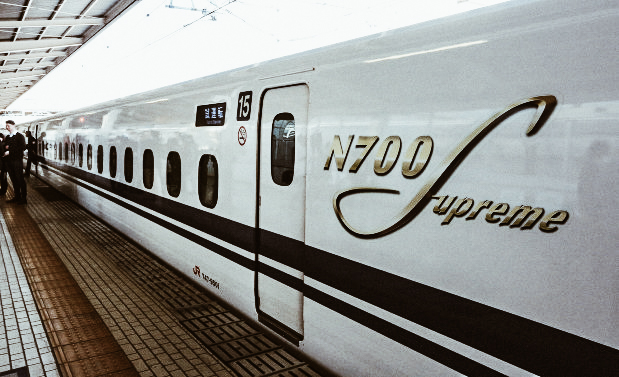

La nuova stazione della linea Yamanote
In onore di questo evento, la linea Yamanote inaugurerà anche una nuova stazione: Takanawa Gateway Station. Situata fra le stazioni di Shinagawa e Tamachi, la nuova offrirà l’accesso all’Haneda Airport Monorail e alla linea JR Keihin-Tohoku. Progettata nello stile eki naka, la stazione Takagawa Gateway sorgerà su 4 piani con un’area pubblica che ospiterà un grande scermpo per la visione dei Giochi Olimpici 2020.


Noi stiamo aspettando con ansia queste Olimpiadi di Tokyo 2020, e voi?
Fonti: olympic.org, mainichi.jp, kyodonews.net, timelapsetokyo.com, japan-forward.com
2020, l'anno del topo
Siamo nel 2020 ed è ufficialmente scoccata l’ora dell’anno del topo. Vi siete mai chiesti perchè in Giappone, allo scoccare di ogni nuovo anno, viene annunciato il nome di un animale? Ad esempio “l’anno del montone” o “l’anno del bue” e così via?
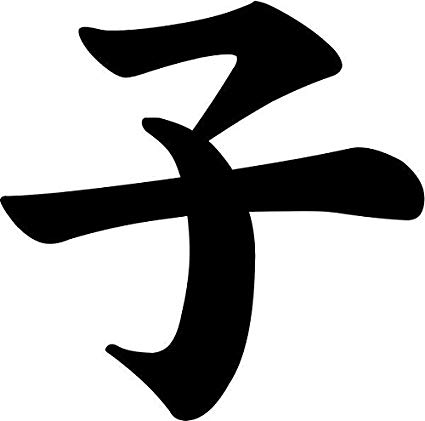
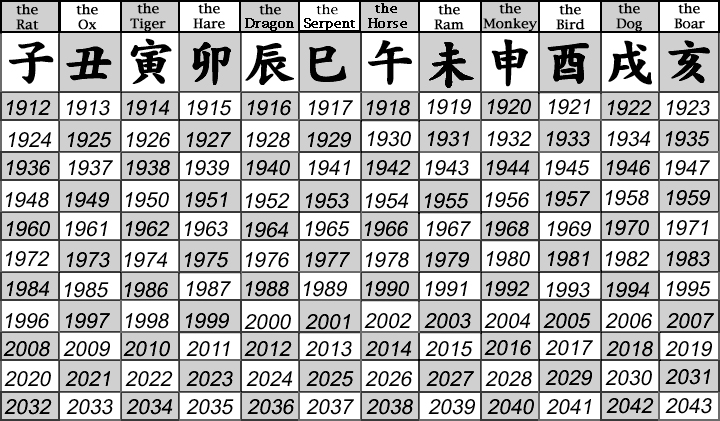
photo credits: amazon.com , https://tokyo5.files.wordpress.com
Questa usanza prende origine dallo zodiaco cinese, che diversamente dalla nostra tradizione, non si basa sul mese di nascita, ma bensì sull’anno! Perciò ad ogni anno corrisponde uno dei 12 animali dell’oroscopo: Topo, bue, tigre, coniglio, drago, serpente, cavallo, montone, scimmia, gallo, cane e cinghiale.
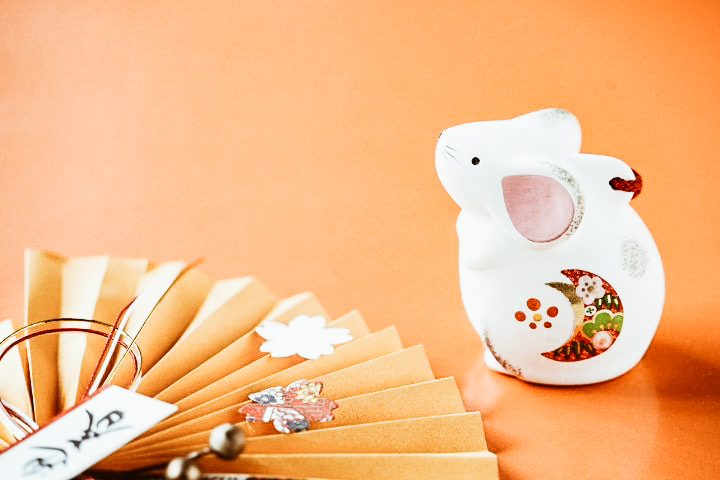
photo credits: pinterest.it
L’astrologia ha sempre affascinato tutti, anche i più scettici. Il 2020 è l’anno del Topo, il primo dei 12 segni, caratterizzato dalla positività e dall’energia. Infatti, se la sua influenza sarà quella promessa, questo nuovo anno dovrebbe vedere l’evoluzione o l’avvio di nuovi progetti, promettendo succosi frutti a coloro che lavorano duramente.
Inoltre, famose astrologhe come Jessica Adams e Cathryn Moe affermano che ci aspettano 366 giorni in cui sarà “l’unione a fare la forza”. In questo nuovo anno, nessuno dovrebbe affrontare le grandi sfide da solo, ma unirsi per raggiungere l’obiettivo. Di conseguenza “condivisione di potere” sarà una delle parole chiave.
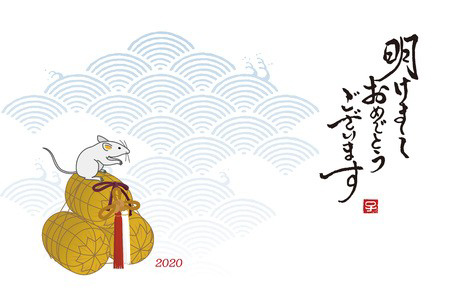

photo credits: pinterest.it
Potremmo assistere ad un processo evolutivo su scala mondiale, in cui le persone potrebbero arrivare a comprendersi e collaborare per il bene collettivo. Questo avrebbe grandi ripercussioni positive sul piano sociale.
Il topo rappresenta quella parte della psiche più oscura in cui il vero “io” si esprime. Cadranno le maschere che fino ad ora ci hanno circondato. Questo comporterebbe una maggiore compassione e comprensione anche verso il nostro stesso Pianeta (ci basti pensare alla lotta per cambiamenti climatici).
Una nuova energia dentro di noi libererà tutta la sua potenza. E voi? Siete pronti ad affrontare questa rivoluzione regalata dall'anno del topo?
Akira Isogawa: leggenda giapponese in Australia
Il Giappone è famoso e attraente non solo per gli occhi dell'Italia ma anche in tutto il mondo e il lavoro di Akira Isogawa ne è un esempio. Con l'apertura del Giappone al mondo, i giapponesi hanno viaggiato e si sono trasferiti in diversi paesi. Akira Isogawa è ora il residente giapponese più famoso dell'Australia.

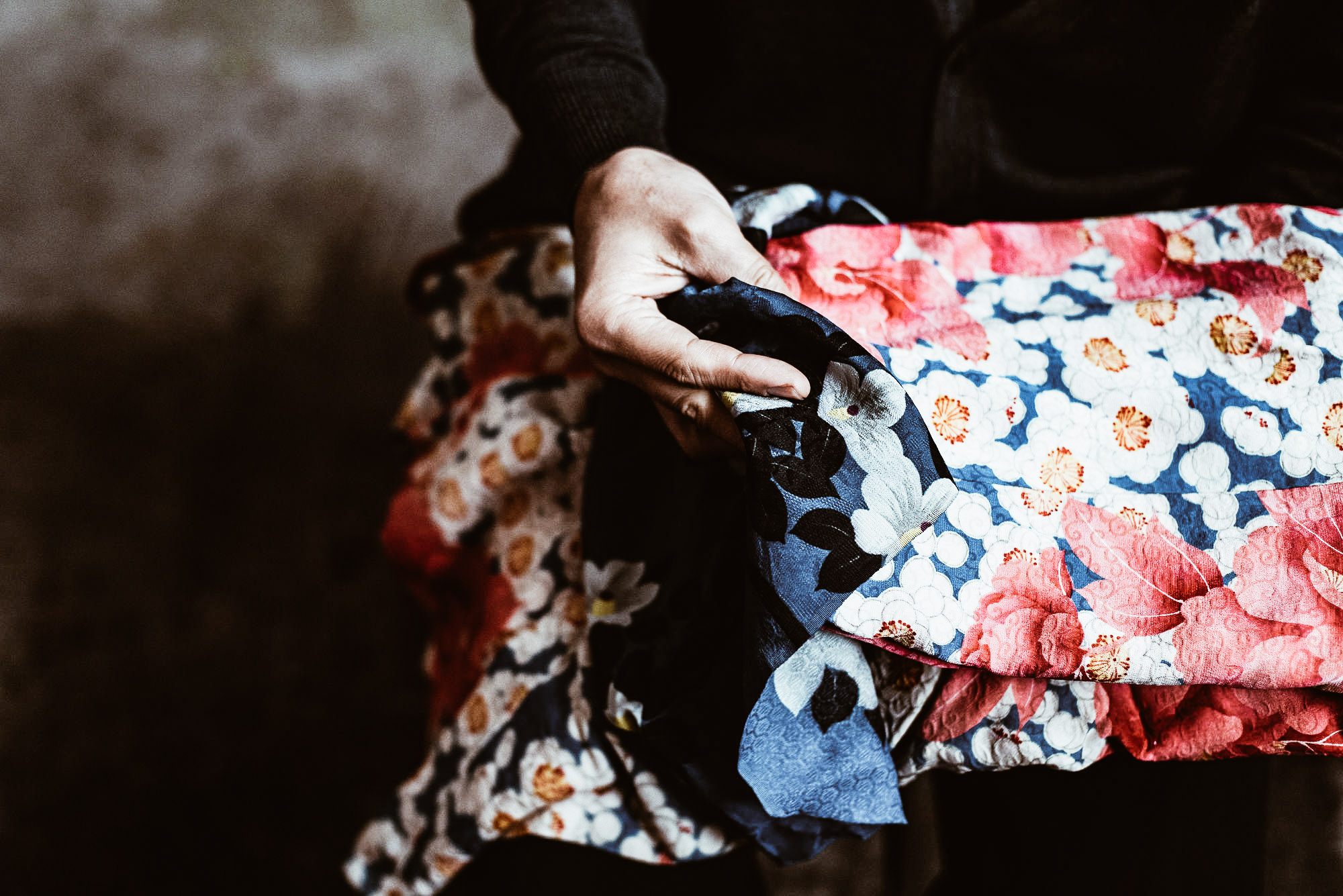
Chi è Akira Isogawa
Nato a Kyoto, in Giappone, nel 1964, è emigrato in Australia nel 1986 ed è oggi uno dei più famosi stilisti di questa terra. Ha studiato moda all'East Sydney Technical College traendo ispirazione dal design giapponese contemporaneo. Alla fine degli anni '90, era conosciuto a livello internazionale insieme al suo marchio di abbigliamento femminile Akira. I suoi abiti appaiono sotto la sua etichetta Akira e sono venduti in Australia, Nuova Zelanda e altri 10 paesi. Ad oggi, è uno dei pochi designer australiani che espone e vende i suoi abiti a Parigi.
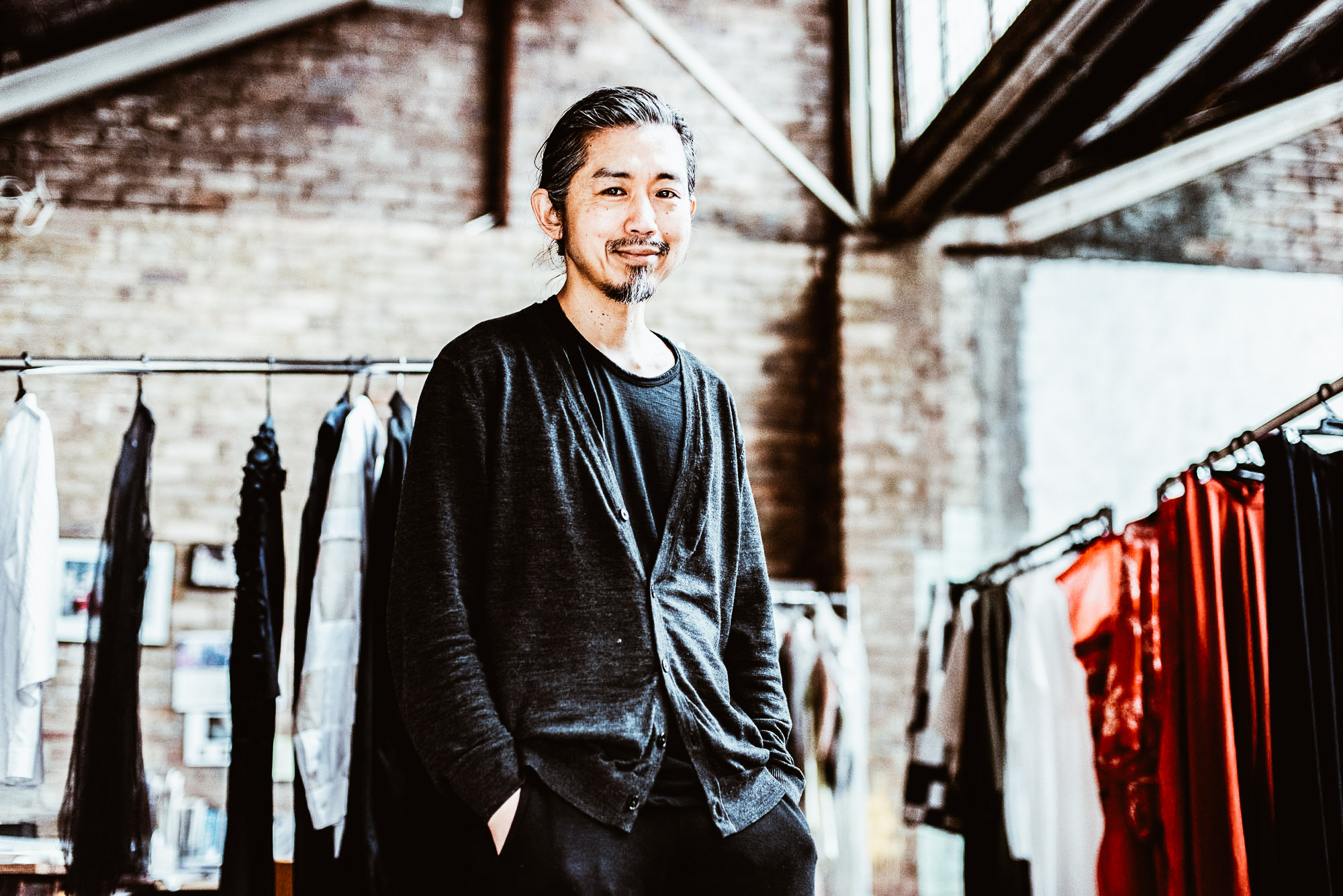
La leggenda Australiana
Nel 2005, colto di sorpresa, divenne una "leggenda australiana" e fu invitato ad apparire su un francobollo commemorativo. Questo onore è solo uno dei tanti riconoscimenti ricevuti da Isogawa per i suoi successi in oltre 25 anni di carriera
Ha detto a The Japan times "A dire il vero, non avevo idea che l'Australia Post fosse così progressista e innovativo nel proprio marketing", dice ridendo. “Pensavo che dovessi essere morto per apparire su un francobollo, figuriamoci lavorando attivamente nel proprio campo. Ho ancora molto da fare!”
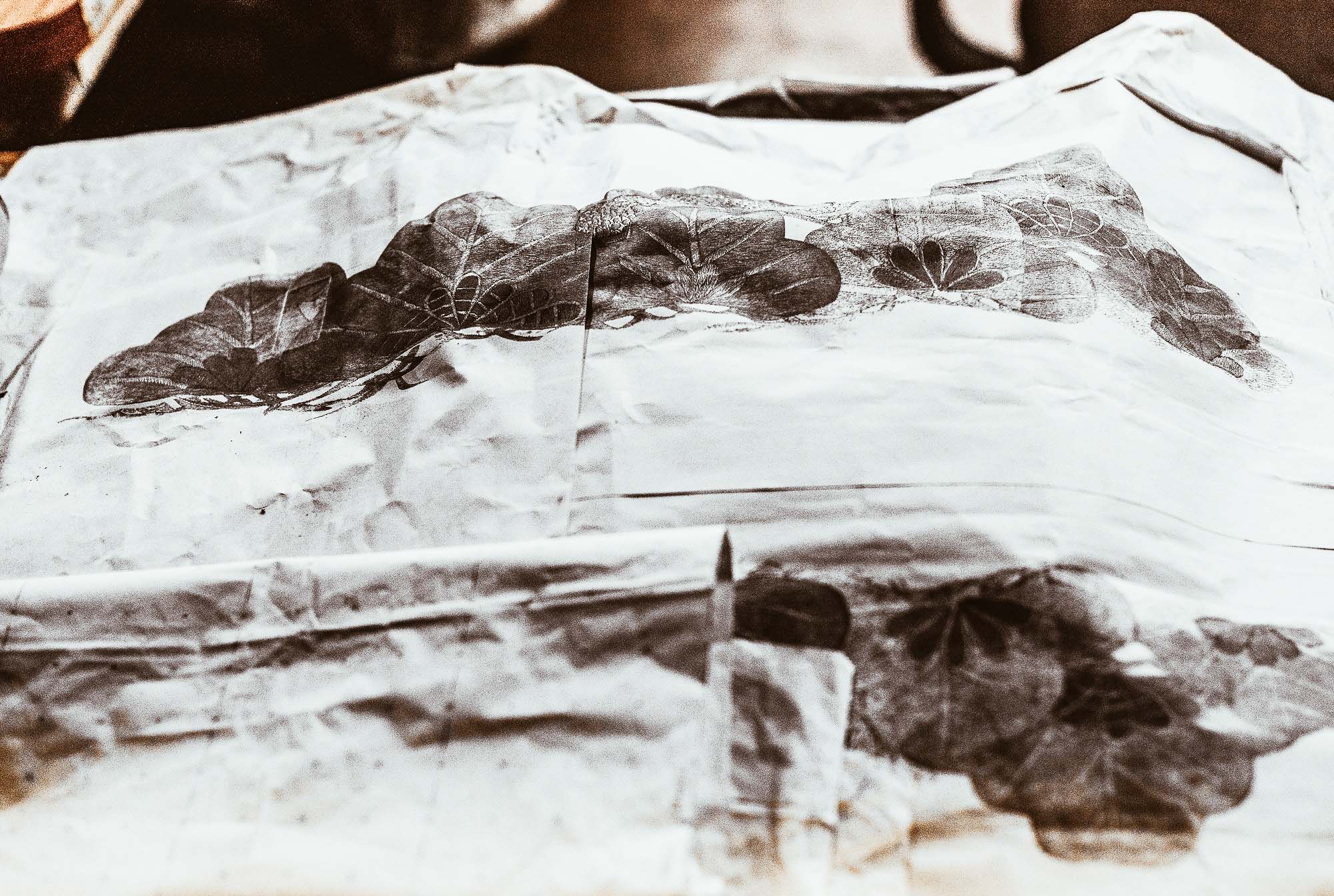

La vita in Australia
L'Australia e la sua scena della moda hanno abbracciato Akira Isogawa come uno di loro. Si sente molto vicino alla sua casa adottiva, anche grazie a un cugino materno che vive nella città di Mittagong nel Nuovo Galles del Sud.
Il governo ha lanciato un programma per i visti per le vacanze e lavoro che ha dato a Isogawa la possibilità di realizzare le sue ambizioni di studiare e lavorare nella moda.
Arrivato in Australia a metà degli anni '80 e avendo alcune difficoltà nelle prime settimane del suo soggiorno, le cose sono migliorate dopo che sono nate le rivoluzionarie feste di ballo della RAT (Recreational Arts Team). Qui Isogawa riesce a connettersi con persone che la pensano allo stesso modo e far fiorire il suo talento.
Dopo essersi iscritto a un corso di moda presso l'East Sydney Technical College, ha aperto il suo primo negozio con tutti i suoi risparmi.
"Sydney è la mia base", afferma Isogawa. “Crescendo a Kyoto, mi sono sempre sentito come se fossi altrove. Non credo di riuscire a comportarmi come un “giapponese tipico” e seguire le regole della società. Capisco come tali regole siano necessarie e aiutano il Giappone a funzionare in modo efficiente come fa oggi. Ma io amo infrangere le regole, e questo è permesso qui in Australia. È un vero sollievo".
Tuttavia, a tutti manca sempre la patria. Anche Akira Isogawa ammette un desiderio nostalgico per la tranquilla Kyoto della sua infanzia. Si riferisce infatti all'arte giapponese di "leggere l'aria", dove le cose sono comprese, ma non necessariamente dette.

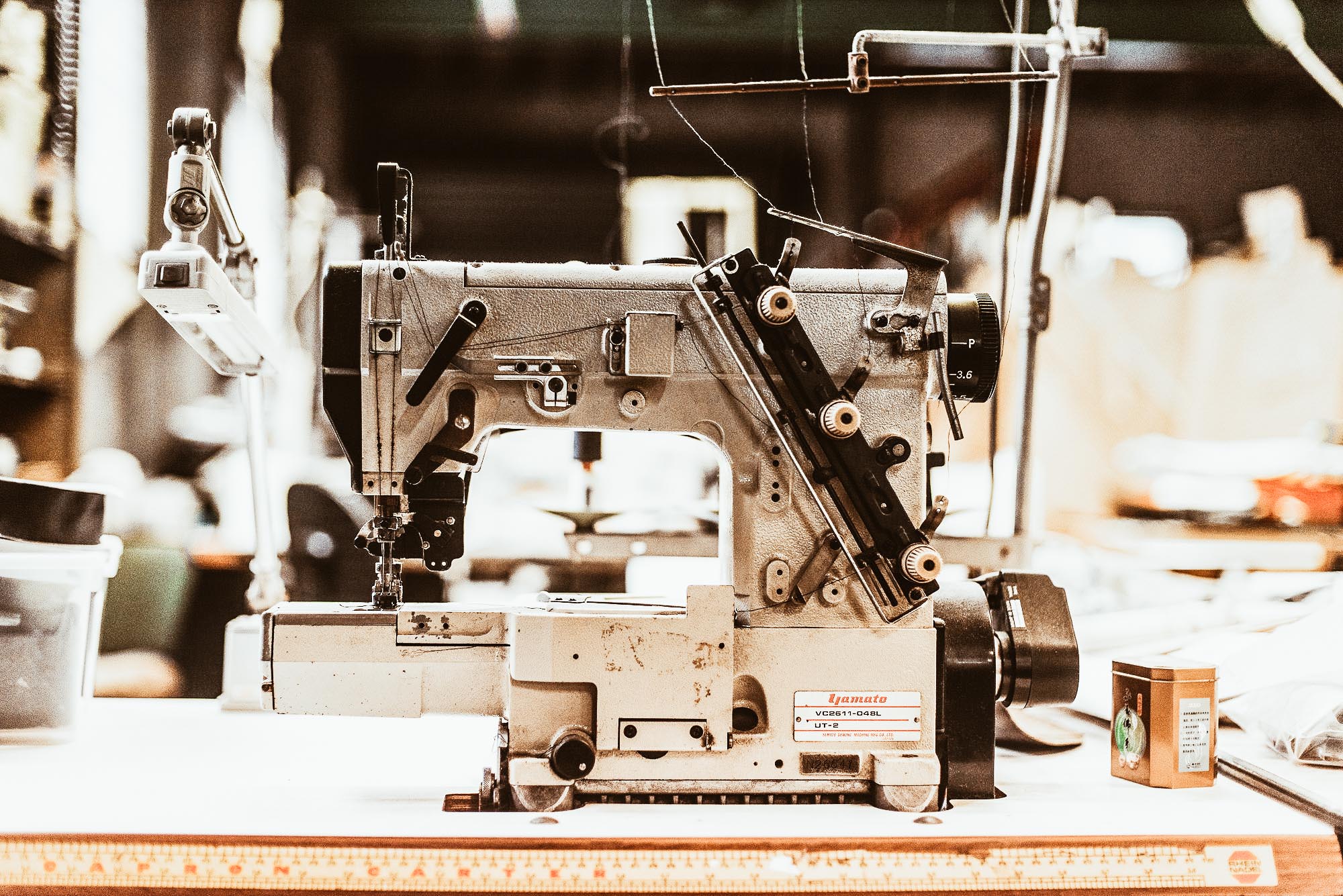
Gli anni '90
Tuttavia, è negli anni '90 che il lavoro di Isogawa e la sua etichetta Akira esplosero ed vennero conosciuti in tutto il mondo. Dopo il suo show di debutto durante la Mercedes Benz Fashion Week Australia nel 1996, questo è diventato un momento regolare per il suo lavoro, ma non solo. In effetti, queste passerelle erano solo l'inizio. Infatti, successivamente ottennte un posto alle sfilate di moda di Parigi. Qui ha catturato l'attenzione di Joan Burstein, l'acquirente di moda internazionale che ha contribuito a lanciare nomi come Alexander McQueen e John Galliano nel Regno Unito.
Un altro momento cruciale avvenne quando Naomi Campbell indossò l'abito di akira ispirato al kimono sulla copertina di Vogue Australia nel 1997.
“Quella copertina è stata una svolta nella mia carriera; non può essere minimizzato. È stato fantastico ”, ricorda Isogawa. "Sono anche molto grato ai media, a tutti quelli che mi hanno supportato. Ma allo stesso tempo, è stato così stressante. Non sono riuscito a gestire tutto e sono finito con un addetto alla reception, tra gli altri 25 dipendenti a tempo pieno".


Dopo la follia della moda
Nel 2004, ha incontrato il CEO di Australian Wool Innovation e Isogawa è diventato l'ambasciatore di lana australiana. L'istituto era alla ricerca di un designer che potesse aggiornare l'immagine della lana, quindi nel 2005 Akira Isogawa ha creato un nuovo tipo di tessuto. Una garza di lana fine e leggera ispirata alla georgette di seta.
“Volevo che il tessuto fosse leggero. Volevo che la lana venisse reinterpretata come trans-stagionale ", afferma. “La garza di lana è piuttosto fragile, meravigliosamente morbida e 100% merino australiano. Ce l'ho ancora in magazzino. "
Akira Isogawa oggi
Ora che la vita è un po' più tranquilla, Isogawa è libero di esplorare nuove visioni e diversi sbocchi per il suo lavoro. Infatti, possiamo vederlo collaborare a progetti artistici, come la progettazione di costumi per la Sydney Dance Company.
Il marchio di abbigliamento femminile Akira è famoso per mescolare elementi orientali e occidentali in termini di tessuti, tecniche e design. La libertà concessa al lavoro e alla vita di Akira come immigrato australiano lo ha aiutato a sviluppare il suo stile personale.
Credendo fermamente nella moda lenta e sostenibile, i capi di Akira Isogawa trascendono il tempo, dimenticano le tendenze e devono essere indossati ancora e ancora.
Fonte: japantimes.co.jp
Foto: japantimes.co.jp
2019 Kanji of the year: 令
Il 2020 è finalmente arrivato e, come ogni anno, il Giappone ha eletto il "Kanji dell'anno" e per il 2019 la scelta è stata molto logica.
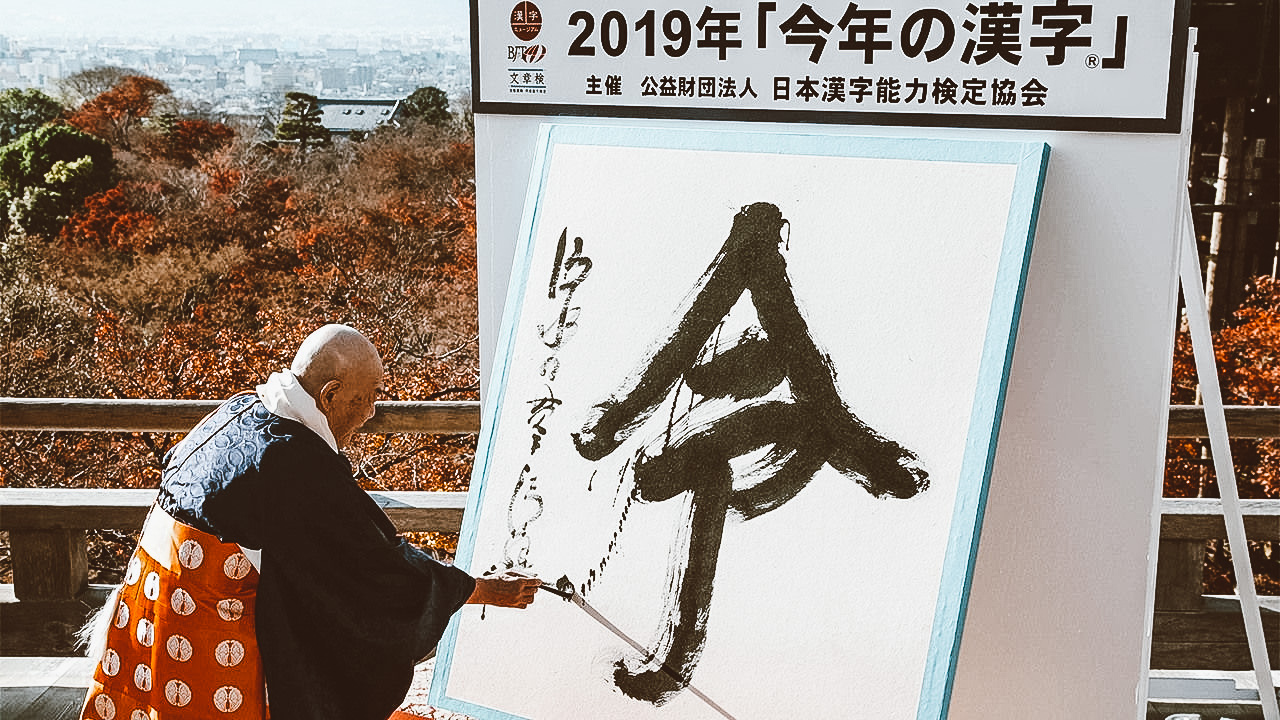
Dicembre e gennaio ci costringono sempre a fare alcune retrospettive sull'anno appena trascorso e la scelta per Kanji dell'anno non è meno degna.
Amministrato dalla giapponese Kanji Aptitude Testing Foundation, con sede a Kyoto, un singolo personaggio giapponese viene scelto a scrutinio aperto. La scelta finale ha lo scopo di incarnare un profondo significato per l'anno in chiusura.
Questa tradizione annuale viene annunciata da Seihan Mori, l'abate capo dello storico tempio Kiyomizudera di Kyoto. Questo non è un annuncio normale, infatti, l'abate capo scrive il kanji con un gigantesco pennello calligrafico mentre si trova sul balcone del tempio.
Questa volta sono stati espressi 216.325 voti e il vincitore kanji dell'anno è 令 pronunciato rei.
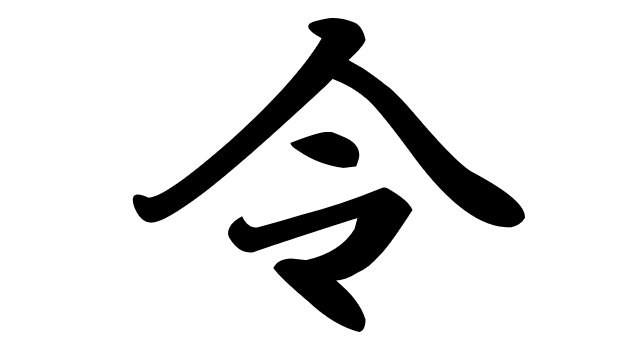
Rei significa "ordine" (nel senso di controllo ordinato), tuttavia, in alcuni contesti può anche significare "bello". Questo kanji è diventato famoso nel 2019 non solo come scelta del vincitore, ma anche quando è stata annunciata Reiwa, la nuova era imperiale del Giappone. Il governo giapponese ha chiarito che il significato di questa nuova era è "bella armonia"
Re / rei ha ricevuto 30.427, circa il 14% dei voti totali. Considerando che la lingua giapponese ha più di 2100 kanji ad uso regolare, questo è ancora un risultato molto importante per ogni singolo personaggio. Il secondo posto è stato occupato da 新 / shin, che significa “nuovo”, e il terzo posto 和 / wa, che significa “armonia” ed è il secondo kanji di Reiwa.
Il 2019 è stato un anno molto importante per il Giappone poiché ha segnato il cambiamento nell'era imperiale dal 1989. La selezione di 令 / rei non è una sorpresa. Tuttavia, riflette una mentalità più felice rispetto ai Kanji dell'anno nel 2018 ("disastro"), 2017 ("nord", in riferimento al lancio di missili nordcoreani) e 2014 ("imposta", il risultato di un impopolare aumento dell'imposta sulle vendite quell'anno).
Speriamo che 令 和 / rei non sia solo un promemoria dei cambiamenti significativi del 2019, ma anche un raggio di speranza che cose più belle stanno arrivando nel 2020.
E con questo, vogliamo augurare un felice anno nuovo a tutti i nostri lettori, alle vostre famiglie e persone care.
Sources: ©SoraNews24
Images ©SoraNews24, japon-secreto.com
Japan History: Yagyū Jūbei Mitsuyoshi
Yagyū Jūbei era uno dei più grandi spadaccini del Giappone e abbiamo deciso di dedicargli un blog. Nonostante le poche informazioni, è conosciuto come guerriero poeta, protettore dei deboli e grande sostenitore del codice dei samurai.
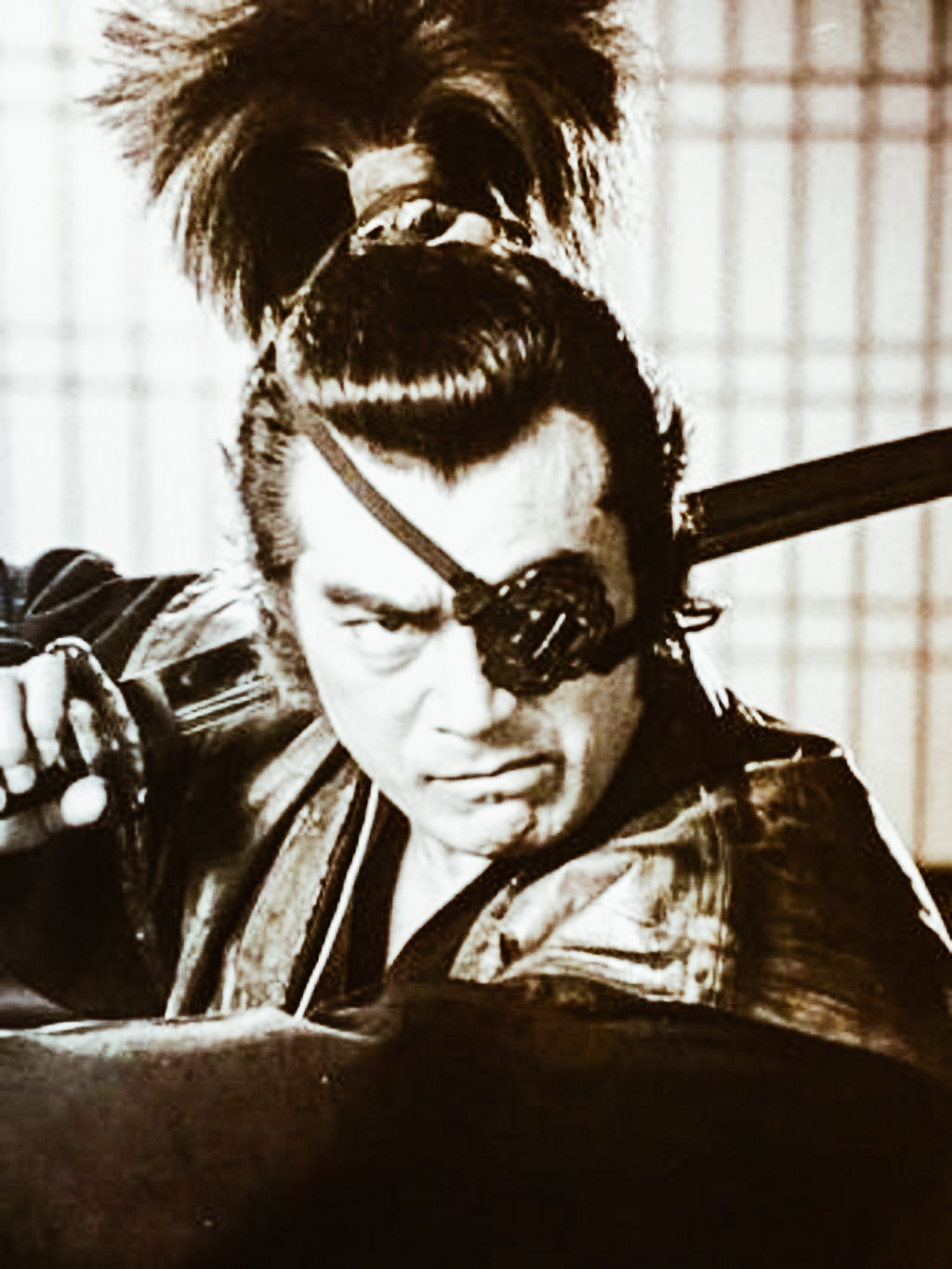
photo credits: deviantart.com
Nonostante la poca documentazione esistente sulla vita di Yagyū Jūbei Mitsuyoshi (nato "Shichirō", 1607 - 12 aprile 1650) sappiamo che è cresciuto a Yagyū no Sato un piccolo villaggio di Nara. Suo padre era Yagyū Tajima no Kami Munenori, maestro spadaccino degli ormai celebri Tokugawa. Sia il padre che il nonno di Jubei erano stati grandi maestri nell'arte della spada. Suo nonno era il fondatore della scuola di Yagyu Shinkage, ancora oggi esistente ed era famoso per aver sconfitto samurai armati a mani nude all’età di 70 anni. Suo padre invece era il tutor personale di tre shogun e sembra avesse sconfitto sette assassini in una battaglia. Jubei ha ereditato da loro l’abilità e a 9 anni stava già mostrando segni di grande forza. Infatti, sostituì suo padre nell’insegnamento della spada agli shogun Tokugawa.
La vita
A 24 anni divenne il più grande spadaccino del famoso clan Yagyu. Sucessivamente espulso dal tribunale di Edo senza alcuna motivazione, non si sa se fu licenziato dallo shogun, o per una partenza di un pellegrinaggio.
Nei 12 anni successivi non si hanno più notizie, fino alla sua riapparizione all'età di 36 anni ad una dimostrazione di scherma assolutamente impressionante. Da lì, fu nuovamente integrato al governo. Riuscì a prendere il controllo delle terre di famiglia fino alla morte di Yagyū Tajima no Kami Munenori nel 1646. Scrisse il suo libro di scherma e filosofia, Tsuki no Shō (月之抄) o The Art of Looking at the Moon. Morì all’età di 43 anni in circostanze non chiare, non si sa se fu a causa di un infarto, di un incidente durante la caccia o addirittura assassinato da uno dei suoi fratelli. Yagyū Jūbei fu seppellito accanto a suo nonno, Yagyū Munetoshi, gli fu poi dato il nome postumo buddista di Sohgo.
La Leggenda di Yagyū Jūbei
Secondo la leggenda, Yagyū Jūbei aveva un solo occhio, l’altro sembra l’avesse perso in una sessione di scherma con suo padre. Nonostante questo, alcuni lo ritrassero invece con due occhi, anche se la figura dello spadaccino con una benda sull’occhio rimane sempre la preferita.
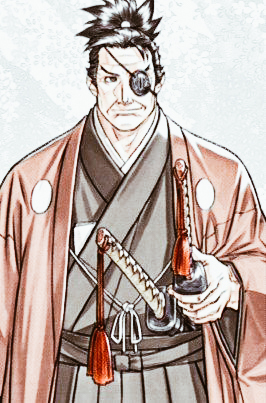
photo credits: taigong788.skyrock.com/
Japan History: Shimazu Yoshihiro
Shimazu Yoshihiro (21 agosto 1535 – 30 agosto 1619), conosciuto anche come Shimazu Tadahira e Hyogo no kami. Secondogenito di Shimazu Takahisa, egli era il 17° capo clan degli Shimazu.
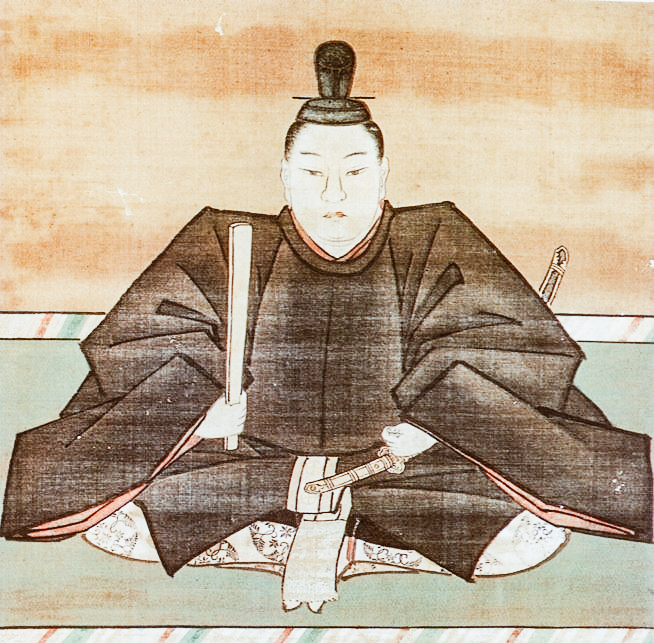
Photo credits: japanworld.info
Ha cominciato servendo suo fratello Yoshihisa in molte campagne militari. Durante la battaglia di Kizaki, la "Okehazama del Kyūshū" nel 1572, 300 uomini di Yoshihiro sconfissero I tremila soldati di Itō Yoshisuke. Nel 1577 ha ottenuto la supremazia degli Shimazu sulla provincia di Hyūga. Successivamente ha partecipato alle battaglie di Takabaru (1576), Mimigawa (1576), Minamata (1581), e Hetsugigawa (1587).
La vita di Shimazu Yoshihiro: Dal 1587 al 1600
Nel 1587 venne nominato daimyō a seguito della sottomissione degli Shimazu a Hideyoshi. Successivamente guidò 10.000 uomini nella prima campagna coreana (1592-93) dalla sua nave Kotaka-maru. Durante questa battaglia, un certo numero di servitori tra cui suo fratello Toshihisa, protestarono alla chiamata alle armi per questo furono puniti da Yoshihiro. Ha poi combattuto la seconda campagna coreana nelle battaglie di Namwon e Sacheon. Con queste battaglie ha rapito alcuni vasai coreani come prigionieri di guerra. Questo, creò un nuovo stile di vasi detto Satsuma-yaki che aumentò successivamente il commercio della provincia.
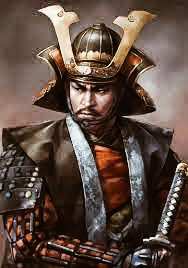
Photo credits: facebook.com
Durante la battaglia di Sekigahara del 1600, secondo il romanzo Rakusuishū del periodo Edo, Yoshihiro sembra sia stato dalla parte di Tokugawa Ieyasu. Successivamente umiliato da Torii Mototada all'arrivo al castello di Fushimi, passò dalla parte di Ishida Mitsunari prima che Mōri Terumoto dichiarasse guerra persuadendo Uesugi Kagekatsu ad allearsi con loro.
Yoshihiro e Mitsunari
Secondo il suo subordinato Kando Kutarō, Yoshihiro era molto amico di Mitsunari. Tuttavia, i romanzieri del periodo Edo, distorsero la realtà dicendo che Mitsunari non avesse ascoltato nessuno dei piani di Yoshihiro, tra cui il noto attacco notturno a sorpresa del giorno prima della vera battaglia. Invece, quel giorno, Yoshihiro e i suoi 1500 samurai semplicemente stavano presiedendo la loro zona senza combattere. Yoshihiro fu preso d'assalto da almeno 30.000 truppe di Ieyasu per questo cercò molte volte di arrivare allo stesso Ieyasu. Yoshihiro si ritirò e le sue truppe simularono un finto ritiro chiamato Sutegamari quando un certo numero di uomini morirono respingendo gli attacchi. Toyohisa e la maggior parte delle truppe morirono permettendo a Yoshihiro di ritirarsi con la moglie. Si spostò quindi dalla provincia di Settsu per tornare nella provincia di Satsuma.

Photo credits: japanworld.info
Shiramine Jun, importante storico giapponese ha scritto che Yoshihiro era stato coinvolto nella lotta di potere tra Shimazu Yoshihisa e Ijuin Tadamune. Infatti, per questo motivo, Yoshihiro perse l'appoggio di Yoshihisa durante la campagna di Sekigahara.
Ieyasu, notando il comportamento di Yoshihiro sul campo di battaglia, fece in modo che il clan Shimazu mantenesse il suo dominio. Infatti, scelse come successore proprio il figlio di Yoshihiro, Shimazu Tadatsune. Nel 1609, Yoshihiro e Tadatsune iniziarono una spedizione punitiva contro il regno delle Ryūkyū.
Sembra abbia combattuto in 52 battaglie durante la sua vita e che fu un abile comandante.
La Morte
Yoshihiro si ritirò a Sakurajima e iniziò a insegnare alle giovani generazioni. Morì nel 1619 provocando il suicidio di molti suoi servitori che lo avevano affiancato per tutto il resto della sua vita.







